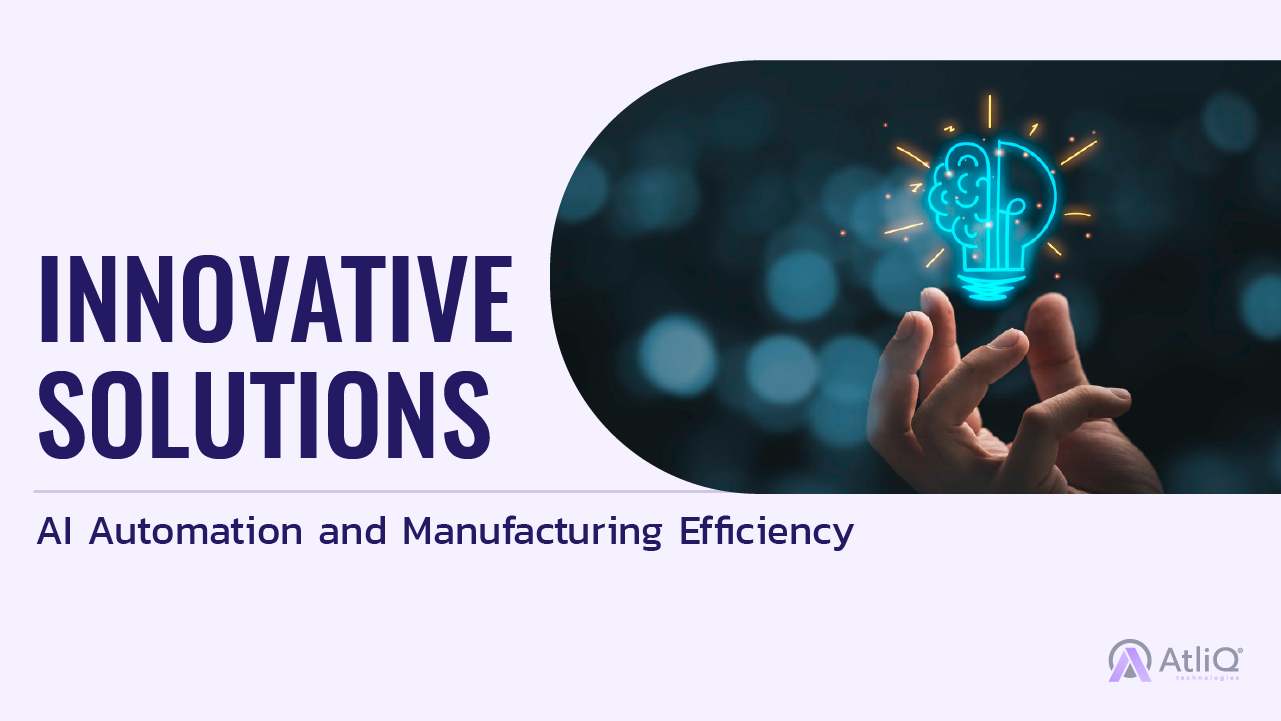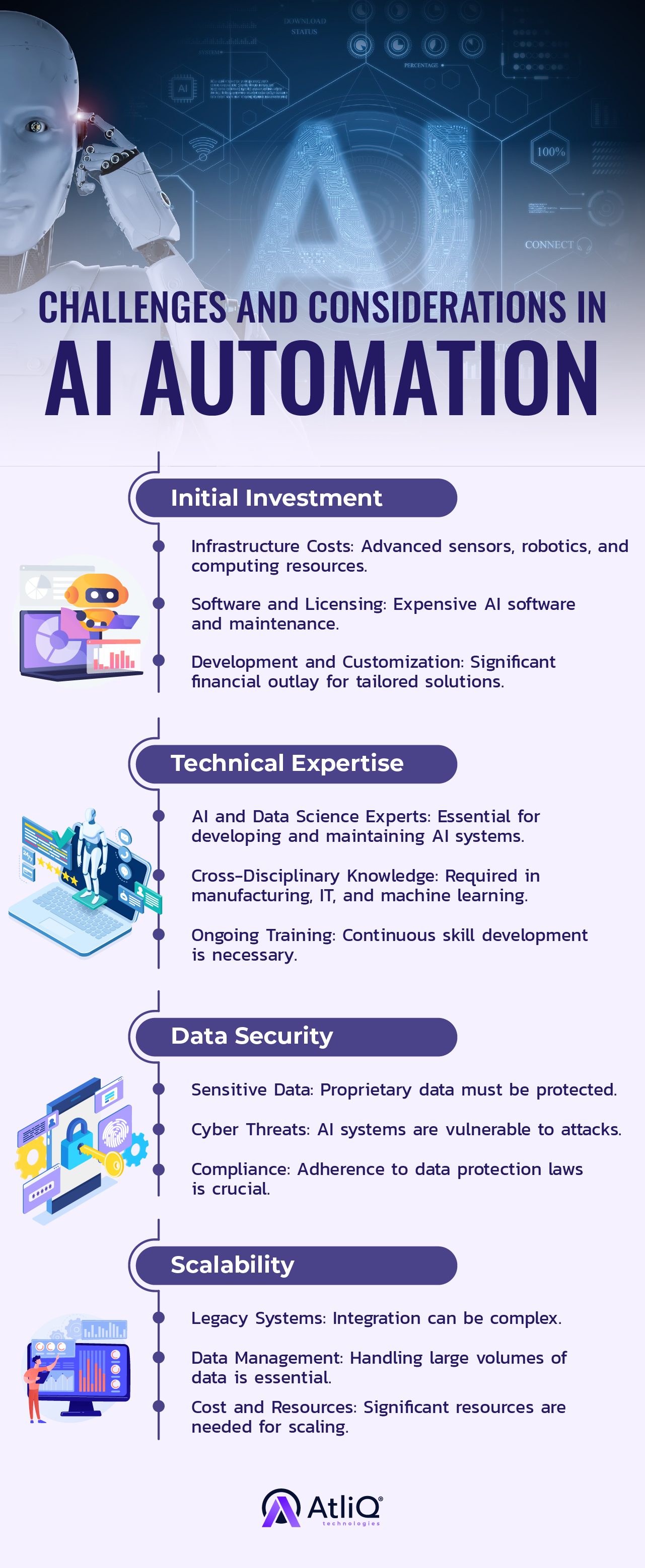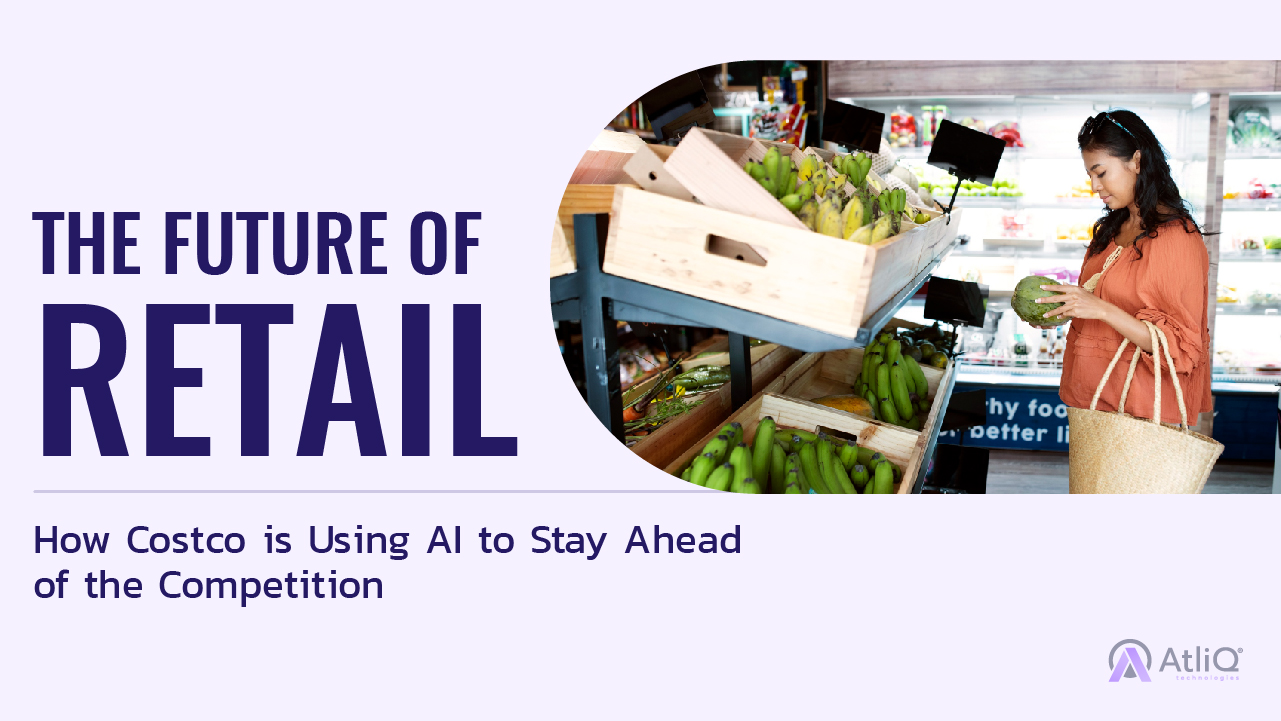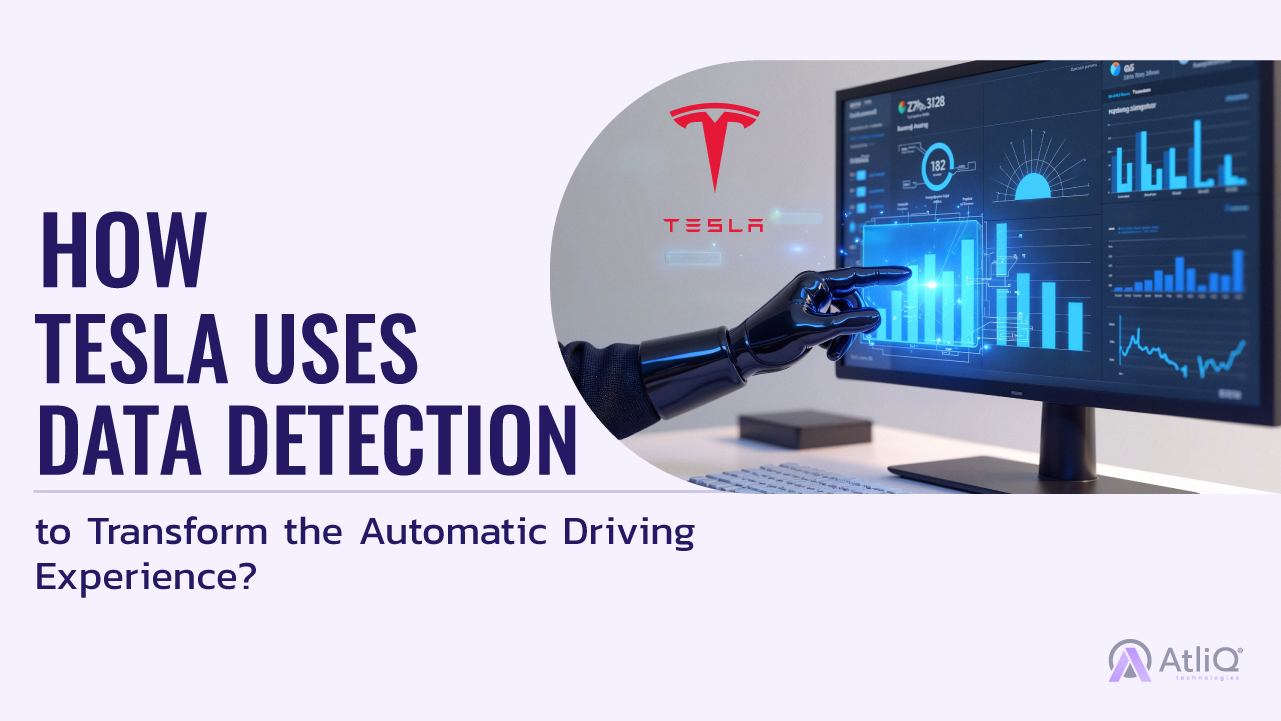
Did you know that the adoption of AI in manufacturing is projected to contribute over $1.2 Trillion in added value to the global economy by 2030? This staggering statistic highlights the transformative potential of AI technologies in reshaping manufacturing processes.
Manufacturing has always been at the forefront of technological advancements, driving efficiency and productivity. However, despite significant progress, the industry still grapples with numerous challenges. From managing complex supply chains to maintaining high-quality standards and ensuring worker safety, manufacturers face a constant battle to optimize their operations and reduce costs. Traditional methods often fall short in addressing these multifaceted issues, leading to inefficiencies and increased operational expenses.
Enter AI automation—a game-changer poised to revolutionize the manufacturing landscape. By leveraging advanced technologies such as machine learning, robotics, and computer vision, AI automation promises to streamline processes, enhance quality control, and drive unprecedented levels of efficiency. In this blog, we will explore how AI is transforming manufacturing, offering tangible benefits, and paving the way for a smarter, more agile industry.
Benefits of AI Automation in Manufacturing
In today’s competitive manufacturing landscape, harnessing the power of AI automation offers unparalleled advantages across various facets of operations. From enhancing efficiency and reducing costs to ensuring stringent quality control and improving worker safety, AI is reshaping the industry in profound ways.
Increased Efficiency: How AI Improves Process Efficiency
AI-driven technologies excel in optimizing manufacturing processes by analyzing vast amounts of data and making real-time adjustments. This capability leads to:
AI-Driven Scheduling: AI algorithms can dynamically adjust production schedules based on real-time demand forecasts, machine availability, and resource allocation. This ensures optimal use of equipment and manpower, reducing downtime and enhancing overall productivity.
Workflow Optimization: AI systems streamline workflows by identifying bottlenecks and inefficiencies. By continuously analyzing data from sensors and production metrics, AI can suggest process improvements and automate routine tasks, allowing human workers to focus on more complex and value-added activities.
Cost Reduction: Cost-Saving Aspects of AI Automation
Implementing AI in manufacturing yields significant cost savings through various mechanisms:
Reduction in Labor Costs: AI-powered automation minimizes the need for manual intervention in repetitive tasks, thereby reducing labor costs associated with assembly line operations and routine maintenance.
Minimizing Waste and Errors: AI enhances precision in manufacturing processes, leading to fewer defects and lower material wastage. Machine learning algorithms can detect anomalies in production lines early, preventing costly errors and optimizing resource utilization.
Enhanced Quality Control: AI’s Role in Maintaining High-Quality Standards
Quality control is paramount in manufacturing, and AI technologies play a pivotal role in ensuring consistent product quality:
Real-Time Monitoring: AI-enabled sensors and monitoring systems continuously track production metrics and product parameters. Any deviations from predefined standards trigger immediate alerts, allowing for prompt corrective actions to maintain quality.
Predictive Maintenance: AI algorithms predict equipment failures based on historical data and real-time performance metrics. This proactive approach minimizes unplanned downtime, extends equipment lifespan, and ensures uninterrupted production schedules.
Improved Safety: Enhancing Worker Safety Through AI
AI enhances workplace safety by automating hazardous tasks and implementing advanced safety protocols:
Automation of Hazardous Tasks: Dangerous operations, such as handling hazardous materials or operating heavy machinery, can be automated using AI-driven robotics. This reduces the risk of workplace accidents and minimizes exposure of workers to unsafe conditions.
AI-Driven Safety Protocols and Monitoring: AI systems analyze environmental data, employee movements, and equipment conditions to identify potential safety hazards. Automated safety protocols, such as emergency shutdowns or alerts for unsafe behaviors, enhance overall workplace safety standards.
AI automation represents a transformative force in the manufacturing industry, offering tangible benefits ranging from increased efficiency and cost reduction to enhanced quality control and improved worker safety. As AI technologies continue to evolve, their integration into manufacturing processes will further optimize operations, drive innovation, and propel the industry toward greater competitiveness and sustainability.
Key AI Technologies in Manufacturing
AI technologies such as machine learning, robotics, computer vision, and natural language processing (NLP) are revolutionizing manufacturing by enhancing efficiency, precision, and adaptability. Let’s explore how these technologies are reshaping the industry.
Machine Learning: How Machine Learning Algorithms Optimize Manufacturing Processes
Machine learning (ML) algorithms play a crucial role in optimizing various aspects of manufacturing operations:
Predictive Analytics: ML models analyze historical data to predict equipment failures, maintenance needs, and production bottlenecks. By foreseeing potential issues, manufacturers can proactively adjust schedules and resources, minimizing downtime and optimizing productivity.
Demand Forecasting: ML algorithms analyze market trends, historical sales data, and external factors to predict future demand accurately. This enables manufacturers to optimize inventory levels, streamline supply chain management, and meet customer demands more efficiently.
Robotics and Automation: Advanced Robotics in Manufacturing
Robotics and automation systems leverage AI to perform tasks traditionally done by human workers, enhancing speed, accuracy, and safety:
Collaborative Robots (Cobots): Cobots work alongside human operators, enhancing production line flexibility and efficiency. They assist in tasks requiring precision and dexterity, such as assembly and packaging while ensuring safe interaction with human coworkers.
Automated Guided Vehicles (AGVs): AGVs navigate manufacturing facilities autonomously, transporting materials and finished products between workstations. AI algorithms enable AGVs to adapt to dynamic environments, optimizing logistical processes and reducing manual handling.
Computer Vision: The Use of Computer Vision for Quality Inspection
Computer vision systems equipped with AI algorithms revolutionize quality control processes by providing accurate and real-time insights:
Defect Detection: AI-powered computer vision identifies defects in manufactured products with high precision. By analyzing visual data from cameras and sensors, it detects imperfections such as scratches, misalignments, or surface irregularities, ensuring only high-quality products reach consumers.
Automated Sorting: Computer vision systems classify and sort products based on visual characteristics such as size, shape, color, or texture. This automation streamlines assembly line operations, reduces labor costs, and enhances overall production efficiency.
Natural Language Processing (NLP): Applications of NLP in Manufacturing
NLP technologies enable machines to understand and interact with human language, facilitating smarter and more efficient manufacturing processes:
Voice-Activated Controls: NLP-powered voice recognition systems allow operators to control machinery and access information using voice commands. This hands-free interaction improves workflow efficiency and reduces manual input errors.
Intelligent Document Processing: NLP algorithms analyze and extract information from unstructured data sources such as documents, reports, and emails. This capability automates administrative tasks like data entry, compliance reporting, and supply chain documentation, freeing up human resources for higher-level decision-making.
AI technologies in manufacturing are not just enhancing productivity and efficiency but are also transforming the way industries operate. From predictive analytics and robotic automation to computer vision and natural language processing, these technologies are driving innovation and setting new standards for manufacturing excellence.

In conclusion, integrating AI automation into manufacturing processes represents a pivotal advancement towards efficiency, accuracy, and competitiveness in today’s industrial landscape. By harnessing the power of AI for predictive maintenance, quality control, and optimized production scheduling, manufacturers can significantly reduce costs, minimize downtime, and enhance product quality. However, successful implementation requires careful planning, robust data infrastructure, and a commitment to ongoing refinement. As AI continues to evolve, so too will its transformative impact on manufacturing, offering unprecedented opportunities for innovation and growth. Embracing AI automation isn’t just a technological upgrade—it’s a strategic imperative for companies aiming to thrive in the era of smart manufacturing.


